USB Power Meter USB 3.1 Tester Digital Multimeter Current Tester Voltage
$79.99
Price: $79.99
(as of Dec 16, 2024 15:39:08 UTC – Details)
Product Description


Wide functionality:0-26V 0-6A voltage & current measurement. 128*160 1.77’ TFT. Integrated gravity sensor and buzzer for better user experience.4.5 digits reading for voltage and current.0.1% maximum gain error for both voltage and current.Capacity/Energy accumulator.PD(with PPS), QC2.0, QC3.0, QC4.0, Huawei SCP, SSCP, FCP, Samsung AFC, VOOC, Super VOOC 65W trigger for charger testing.Type-C to Type-C, Type-A to Type-C cable resistance tester.E-mark reader. VOOC/Dash cable dumper. Apple charger S/N reader.Fast-charge protocol auto-detect mode.Offline data (Voltage, current, D+, and D-) logging up to 100sps.Internal 12Mbytes storage for data logging and user programs.Power source ripple meter with 3.2Msps sample rate.USB3.1 SuperSpeed pass-through for Type-C ports.USB2.0 + speicial fast charge communication line (For SuperVOOC, VOOC, Dash, Warp) pass-through for Type-A ports.




Powerful PC software:Data logging up to 1000sps.Lua program downloader.VBUS ripple viewer(3.2Msps).PD listener for device diagnosis.Fast-charge trigger and external load module can also be accessed.All functionalities can be activated simultaneously for advanced test requirements.


Lua Programmable:Lua interpreter integrated, provided with various APIs, detailed documentations (Look up at point 1).Make access to almost all hardware with your own program. Scripts can be set to run on boot.Internal 12Mbytes memory can be used to store scripts, and can be used as output storage of scripts (Standard file operation supported).
To provide convenience for users to custom their own features, we provide APIs and interpreter inside the meter. One can access resources on the meter with APIs to accomplish their own purposes.






Package Dimensions : 3.7 x 2.6 x 0.67 inches; 2.08 ounces
Item model number : CT-3
Date First Available : November 30, 2020
Manufacturer : AVHzY
ASIN : B08JKN4PL5
Country of Origin : China
0-26V 0-6A voltage & current measurement. 128*160 1.77’TFT. 4.5 digits reading for voltage and current. 0.1% maximum gain error for both voltage and current. Capacity/Energy accumulator. PD(with PPS), QC2.0, QC3.0, QC4.0, Huawei SCP, SSCP, FCP, Samsung AFC, VOOC, Super VOOC 65W trigger for charger testing.
Powerful PC software: Data logging up to 1000sps. Lua program downloader. VBUS ripple viewer(3.2Msps). PD listener for device diagnosis. Fast-charge trigger and external load module can also be accessed. All functionalities can be activated simultaneously for advanced test requirements.
Lua Programmable: Lua interpreter integrated, provided with various APIs, detailed documentations (Look up at point 1). Make access to almost all hardware with your own program. Scripts can be set to run on boot. Internal 12Mbytes memory can be used to store scripts, and can be used as output storage of scripts (Standard file operation supported).
More information:https://www.avhzy.com/html/product-detail/ct3 , Meter UI Manual: https://m.media-amazon.com/images/I/91DA88mt5DL.pdf , PC Software Manual:https://m.media-amazon.com/images/I/91NX6+bf13L.pdf

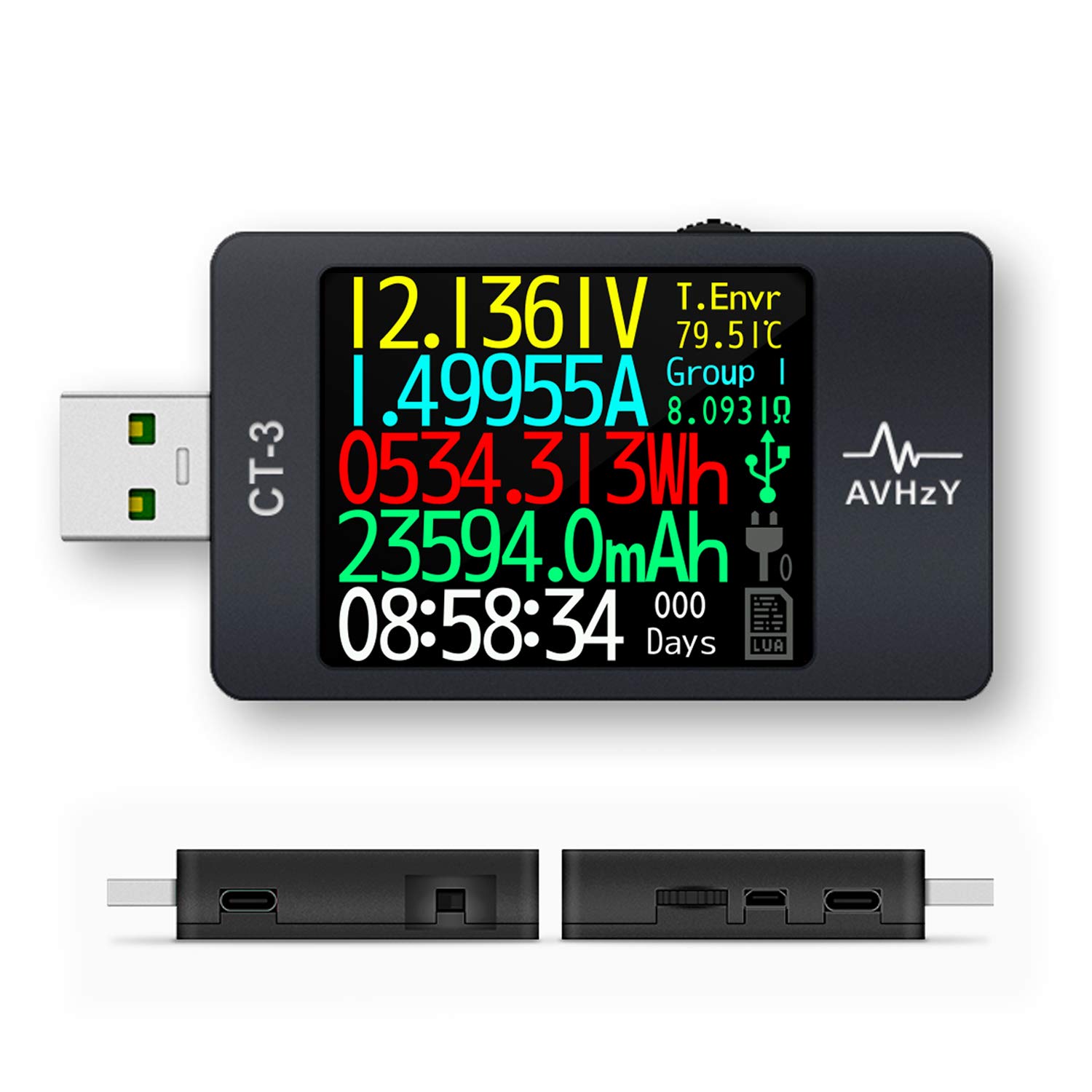
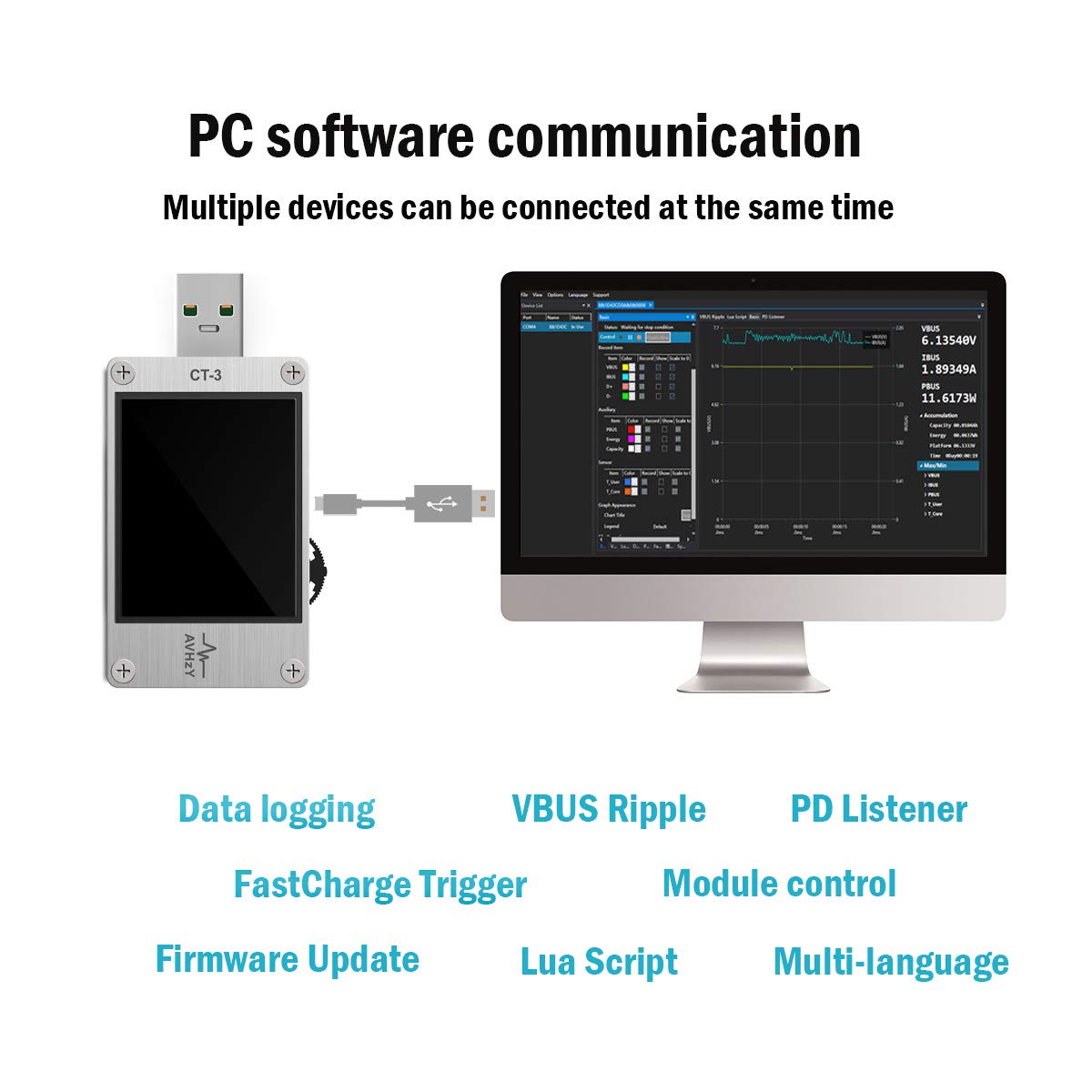
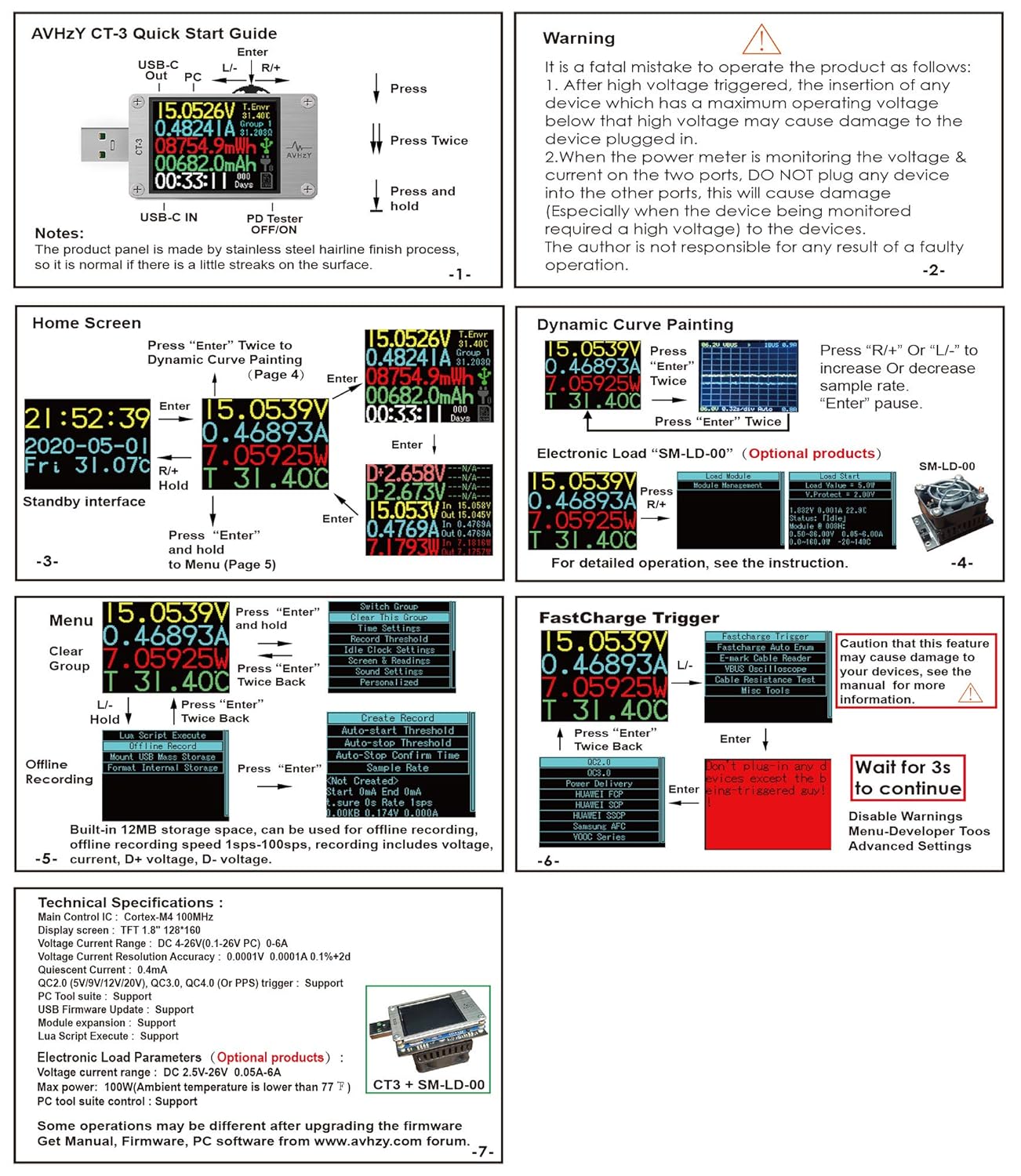
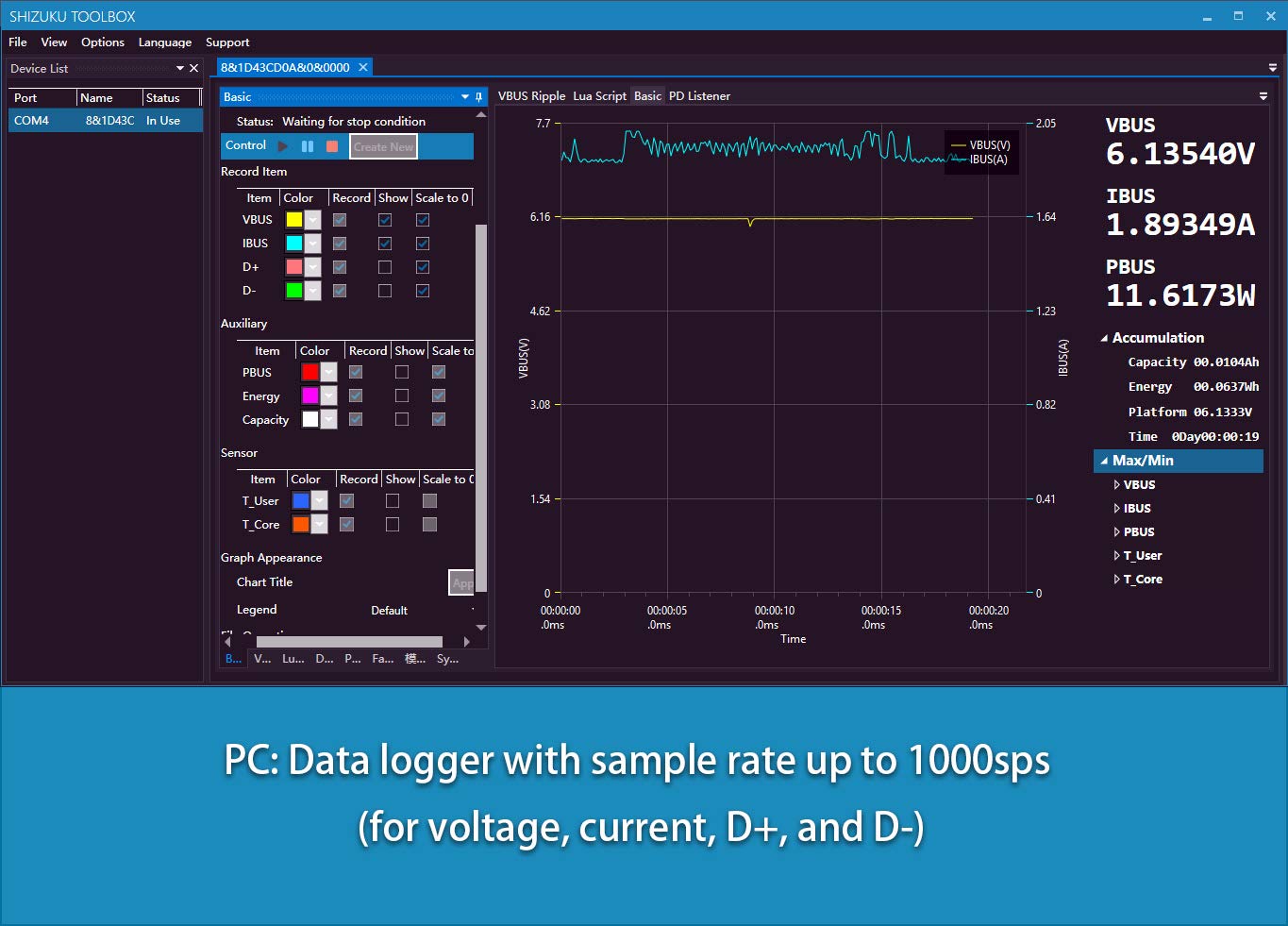
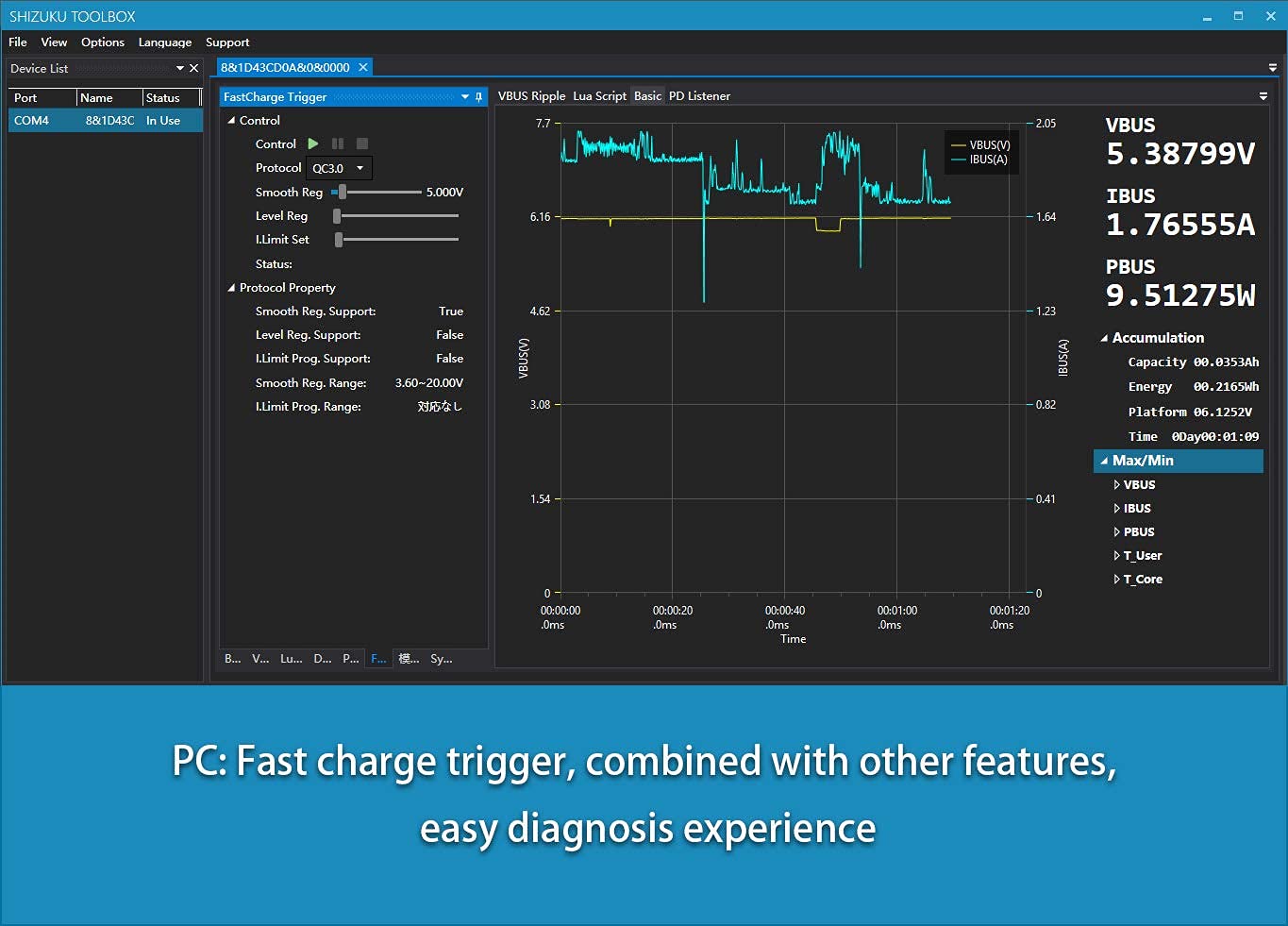
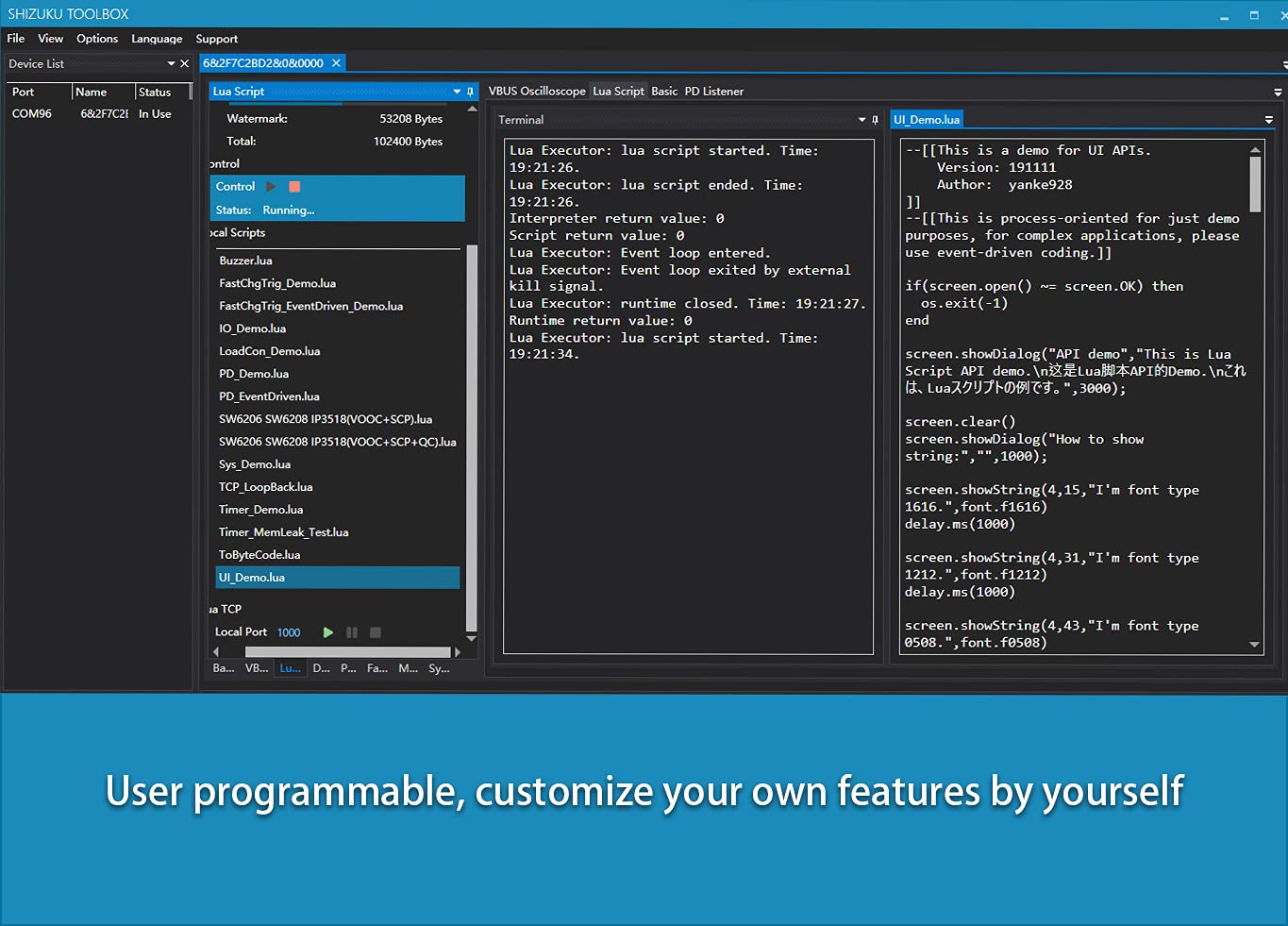
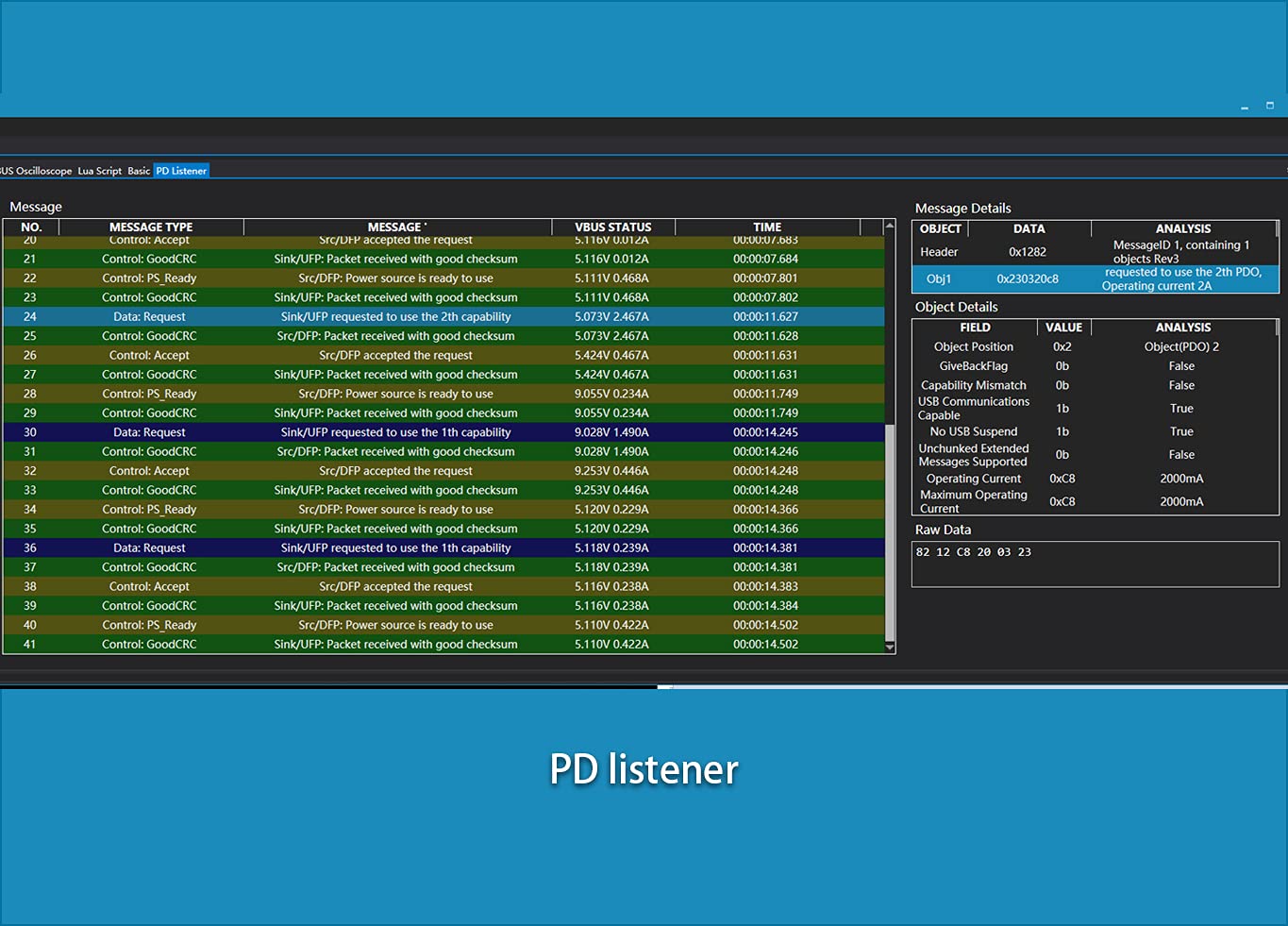
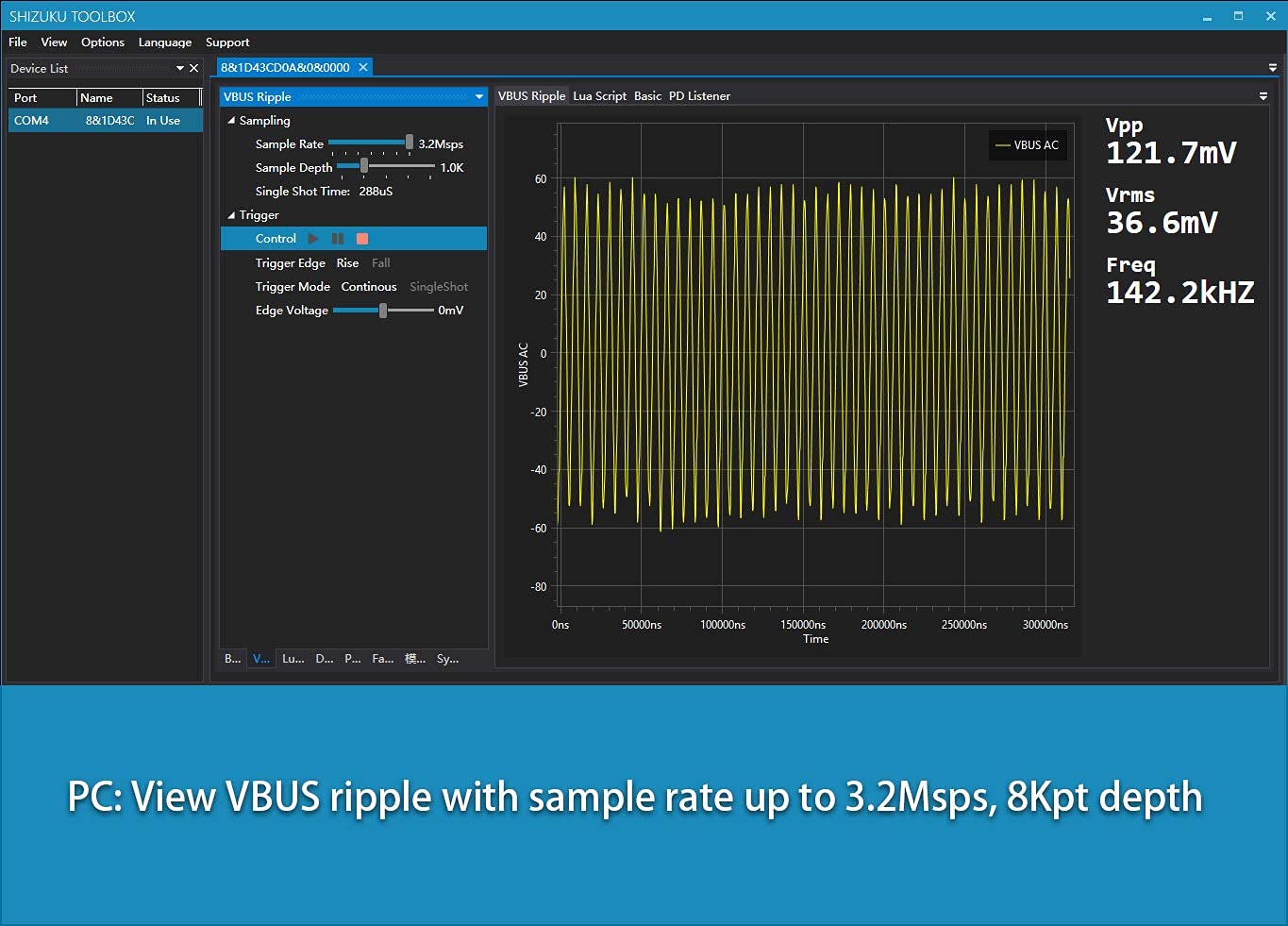
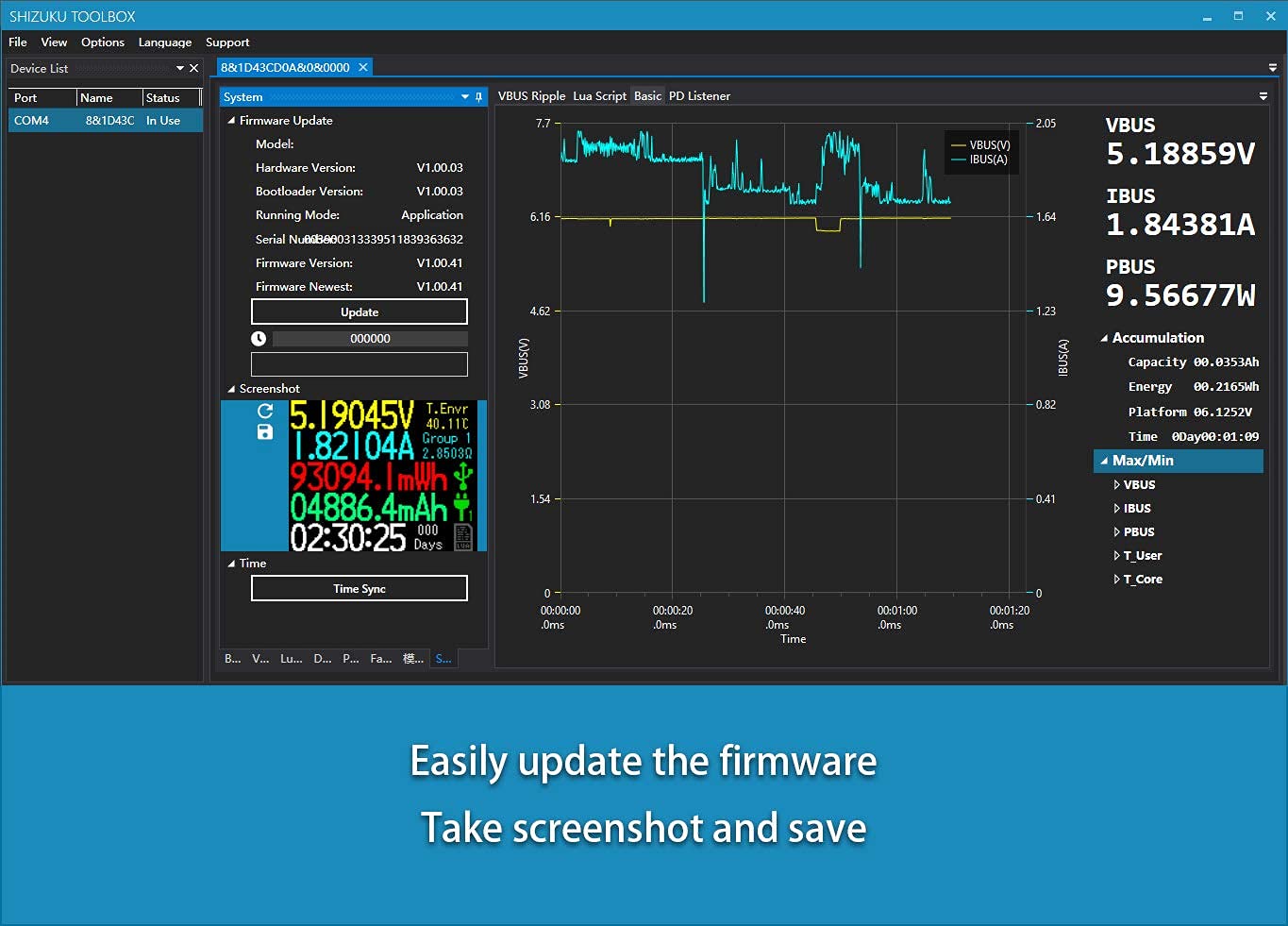
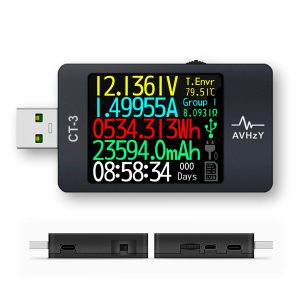

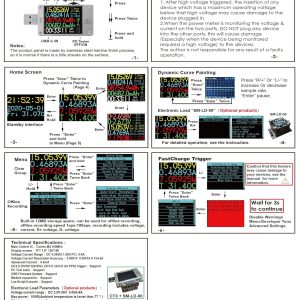

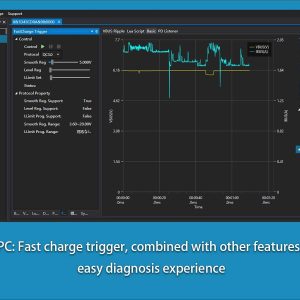
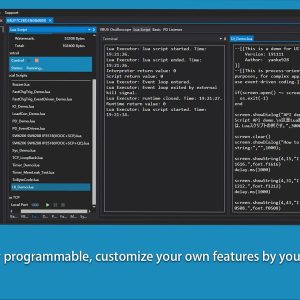
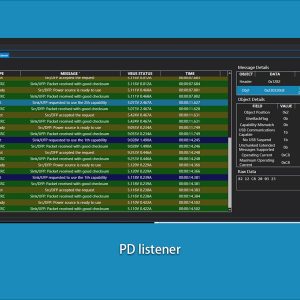
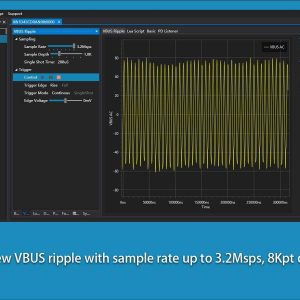

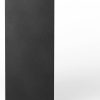
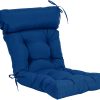


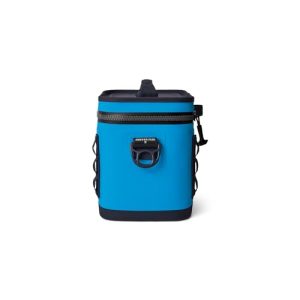




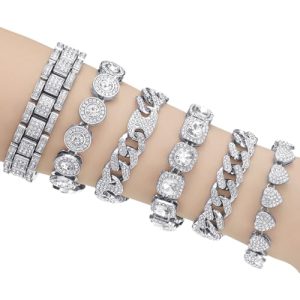



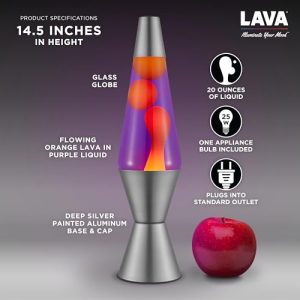

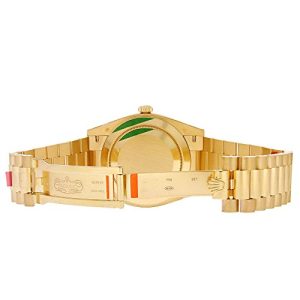


Eric –
A powerful combination of most of the current usb meters/triggers
This USB meter is very powerful. Build quality looks good. The large TFT screen helps to read easily. It has some common features like monitoring voltage, current, energy, power, capacity, and time with high accuracy. It also has wide operating range of 3.7-25V, 0-5A but a low quiescent current of 1mA@5V. Moreover, it has built-in clock and temperature sensor while most of the other usb meters donât. Like some other usb meters, it supports dual-way detection thus donât have to plug the input cable into the IN port, but the OUT port works as well. Furthermore, it has 5 different views of the home screen including everything on one page, D+ D- voltages & current direction & possible + current charging protocols, time and energy consumption, simple look with large fonts, and black screen. And It will automatically enter power saving screen when idle.The electronic load is fairly easy to use. Turn the knob clockwise/counterclockwise to increase/decrease the current. The fan will automatically turn on when the temperature is higher than 40â to keep it cool. Good for performing stress test on a power adapter or measuring the capacity of a power bank.Next is the advanced part Iâd like to comment in detail.[Operations]All operations are carried out with the scroller.>Short press – switches/enters/confirms>Long press – enters the main menu>Double press – enters the charting mode/exits to the home screen>Short turn forward/backward – enters a mode/scrolls through menu options/triggers an action/increases or decreases a value>Long turn (turn and hold) forward/backward – enters a mode/scrolls through menu options/triggers an action/increases or decreases a value[Groups]Short turn forward to clean the current group.Can switch between 5 groups for different tests.[Charting]Double press to enter, short press to switch between V-A and Vd+/Vd-.Draws a V-A or Vd+/Vd- chart with real-time data at a selected sample rate[FastCharge Trigger]UNPLUG any device before doing this as it may DAMAGE your device!Short turn backward to enter. Short turn forward/backward again after the red warning message flashes three times. Short turn backward once more to release if triggered.Triggers different voltages that a power supply can deliver.>QC2.0 – triggers 5/9/12/20V if supported.>QC3.0 – triggers 5-20V, increases/decreases 200mV per time, if supported>Auto Detect – automatically detects the charging technologies the power supply supported and shows them in green. Helps to pick a power supply with high compatibility.>Apple 2.4A – makes a regular charger to charge like an apple 2.4A charger. Lets a regular charger charges an apple device faster.>Apple MFI Test – checks if a lightning cable is MFi certified. Helps to pick a good lightning cable. (Needs a QC3.0 charger)>Power Delivery – checks the PDOs the PD charger offered and triggers the voltages (Needs to turn on the PD trigger switch first)>HUAWEI FCP – triggers HUAWEI FCP voltages 5/9V.>Samsung AFC – triggers Samsung AFC voltages 5/9V.[Cable Resistance Test]Long turn backward to enter. Needs to use with the electronic load together to adjust the output current to 500mA or greater.Tests the ESR of a usb cable. Usually a better cable has a lower ESR.In addition, a lot of settings can be found in the main menu. Itâs awesome that a firmware update will bring more new features. Itâs really a combination of all my current usb meters/triggers with even more features. Powerful and useful. I wish bluetooth connection and PC/Smartphone apps would be found in a later version of this product.(I did everything pretty quick in the video to save your time.)————- UPDATE 12/27/2017 ————-CT-2 Part[Independently/Externally Powered]Powered via the Micro USB port. Can measure DC 0.1-26V with this. Useful to check Ni-MH rechargeable batteries.[Offline Curve Recording]Short turn forward to enter.Records the voltage and current points. Will generate a curve diagram when finished recording. A charge curve helps determine if a charger is good. Also, the curve records can be accessed in the PC app.[PC App]Shows the curve diagram directly. Can save/export the curve diagram to a file and open the diagram recorded on the meter or computer.Tracks the communication between a charger (source) and a device (sink) with PD Listen. Will let you know how a PD charger charges a device. Needs the PD Tester switch to be turned on.Boot logo and theme can be easily customized here.Can perform firmware update here as well.I also updated the video.I am looking forward to the next version!
Steven –
Review of the CT-3: Great USB Meter
The AVHzY is a smart and useful USB meter. It is the very versatile and has the most features of all the meters I own. Supports USB C, USB A, and a Micro USB port for only connecting to the PC or providing power. One of the few testers that can read the e-maker chip of USB-C cables.I find this meter the easiest to use use of all my USB meters. It has a multi button that lets you press and rotate left/right, you’ll still need to read the manual as this one button controls everything. Screen is nice and clear. It even came with a free tempered glass screen protector. The fit and finish is good but the stainless steel is edge can be a bit sharp.I only have two things I wish this meter did better: 1) wish it had bluetooth so I could monitor things via a smartphone app or wirelessly. 2) The female USB port is “upside down” (i.e. opposite orientation) of the male USB plug, which is strange to me. Make it so my USB load has to be put upside down when I connect it to the meter.Of my 4 meters, the generic UP-LCDV03, RD UM25C, RD TC66C, and AVHzY CT-3. The AVHzYCT-3 is my fav because it has the most features followed by the very compact RD TC66C because it is pure USB C.
é¾ç« –
Super cool, just be careful
This is really cool. It can show all the data with the downloadable software. It can also run scripts. Just be careful about the scripts that you run. I fried some tech that was plugged in when I ran a script.
Dave in GA –
Before returning or attempting to contact seller
Not so much a learning curve but more so figuring out menus.Works as advertised with the latest HW & SW firmware loaded prior to shipping to me (I checked as seller continues to update where possible).Was going to return because the model has built in load testing (fan with heatsink mounted with a ribbon cable, then with screws to the actual tester. When attempting to run any load test it just would not work. With further investigating on multiple web sites & videos the “”micro USB”” port is for updating firmware and loading “”modules””. Well; when using the tester and going into the load testing menu there are NO modules (for load testing installed……)Gotta return it….. NOPE !!Hook up a dedicated USB to micro cable: USB 5 v power to “feed” the micro usb port on the tester. Once the tester senses power to that port…. it now allows the module to be displayed & selected.Very, very nice as you can control ramp up power, constant power, vary the voltage or watts to your needs !!I still use a universal USB-A (with adapters) load tester because it allows more control of testing and MONITORING power supplies output and still use triggering (PD & QC steps) with the main CT3 usb tester.
Srinivasa Hero –
As mentioned max measurable voltage / current 26V – 6.0A in specs, but measuring max. 20V – 3.1A = 63W (PD3.0 PPS) while charger can supply 20V – 5A = 100W.